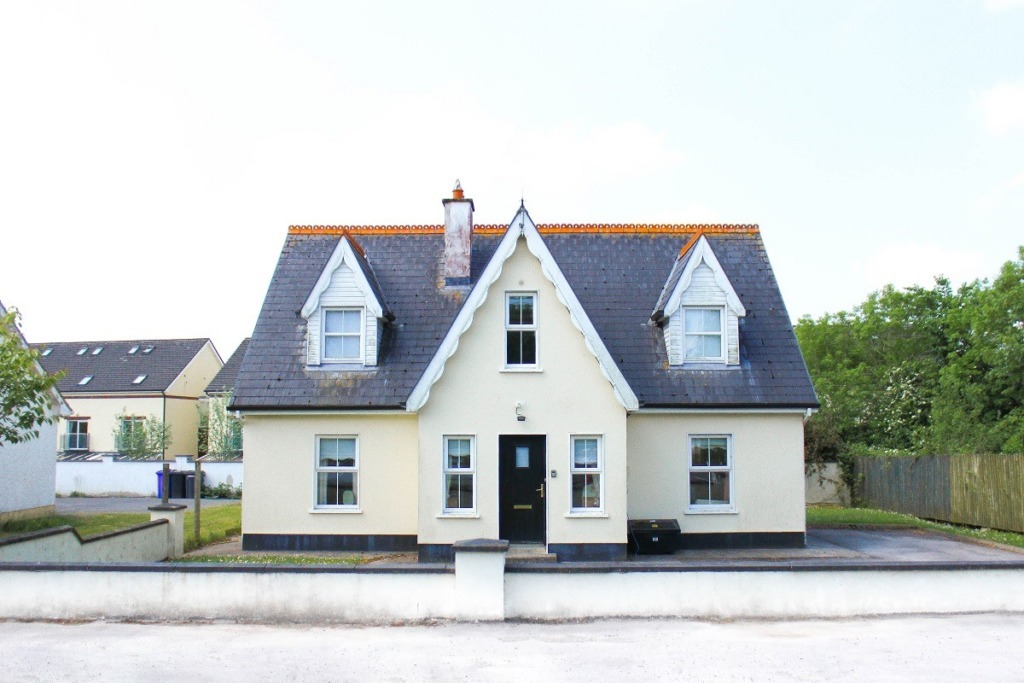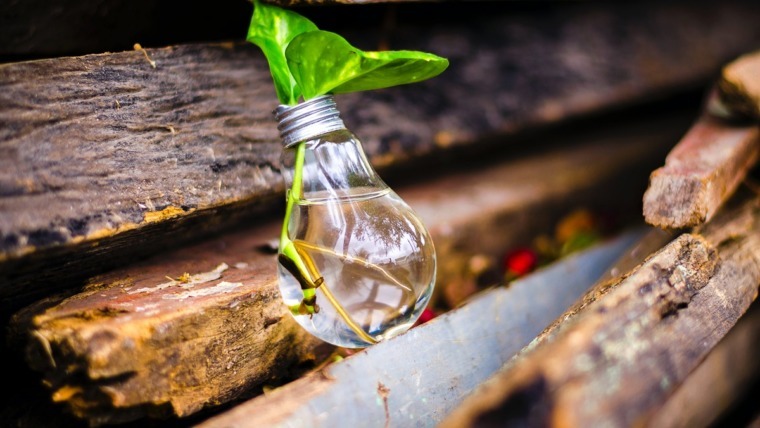
Tips To Creating An Energy Efficient House
Written by Ahmad Fraij
Building a new house is a major investment for most of us and therefore, you need to make it right from the design stage until the builder hand it over to you. On contrary to buying a house that is already built, in which you have to deal with the equipment and systems that are already installed whether they are energy efficient or not, building a new house from scratch has the privilege to choose and select the most energy-efficient construction and systems. You might need some extra budget to build an energy-efficient house but you will get your money back from the savings in energy bills.
In this article, I will give recommendations for who is planning to build a new house to help them make it energy efficient and save you substantial money in the long run and at the same time provide good comfortable conditions and preserve the environment for the coming generations.
House Orientation
The orientation of the house is very important to achieve passive heating and cooling. Passive heating means utilizing the sun to heat the house during the day and passive cooling is to allow more breeze to enter the house. Passive heating and cooling reduce the energy consumption of the heating and cooling equipment drastically.
For the majority of Australian cities, the north orientation is desirable to provide passive heating. During winter, the sun path is at a low angle while in summer the path is at a higher angle. Therefore, the passive heating house design should allow the sun with a low angle to enter the house during winter and prevent the sun at a higher angle during summer. It is a good practice to let the living room on the northern side of the house be passively heated during winter.
Further, making the house orientation 20° west north or east northern is not bad also. West north orientation will make the house warm in the afternoon and east north will make it warm during the morning.
The most thorough method is to have an accredited thermal performance assessor simulate the home’s thermal performance using house energy rating software and advise you on the best orientation for your new house.
House Envelope
The house envelop is very important because it determines the rate of heat that is transferred between the inside and outside of the house. Therefore, the ceiling and the walls should be insulated properly. The National Construction Code 2019 specifies the minimum insulation resistance required (R-Value) for all Australian climates. The builder should advise you on this.
The windows should be double or even triple glazing for better insulation and performance.
I also recommend testing the airtightness of your new house by conducting an air leakage test to measure how much is the air infiltration rate and see if it is under the normal rates or not. A well-sealed house is warm in winter and cool in summer.
Heating and Cooling
If you are going to use a ducted gas heater and ducted air conditioning system, then make sure that these systems are zoned and each zone has its thermostat. If you have only one thermostat that runs the entire system (i.e single zone), then this system will provide heating/cooling to the whole house even though you are using only the living room for example, which wast energy needlessly.
The other option is to use wall mounted split heat pump unit in each room. In this way, you turn on only the unit in the occupied room. This type of unit works on cooling in summer and heating in winter. These units use electricity and they are efficient type. Their running cost in winter compared to the ducted gas heater depends on the gas price in your state. For example, their running cost in Melbourne is usually higher than the gas ducted heater but in Sydney, their running cost will be cheaper than the gas ducted heater. Choose these units with an inverter compressor and with a minimum 5-star energy rating.
Use a programmable thermostat to control the ducted gas heater and ducted air conditioning system. This thermostat allows you to program a run time schedule for the system. For example, you can program it to start the system one hour before you wake up to warm the house instead of keeping running the system all night. Also, you can program it to set back the temperature setpoint over the night if you still need heating overnight. Remember, each 1°C adjustment in the temperature setpoint, can affect the energy consumption of the gas ducted heater or the air conditioning system by 10%. For more details about this rule of thumb, please click here: https://appliedenergysaving.com.au/how-much-can-you-save-energy-by-adjusting-your-thermostat-by-1c/
Consider also installing a heat recovery unit in the ceiling void. This unit can capture the heat or the coolth from the exhaust air and transfer it to the air entering the house, which reduce the load on the heating and cooling units.
Domestic Hot Water
For domestic hot water, you can use an instantaneous gas water heater that heats only the required amount of water to be used in the house. Once you open the tap, the heater starts and heats the coming water to the tap. Once you shut off the tap, the heater turns off and avoids any gas wastage.
Another option is to use a heat pump water heater but again, its running cost depends on the gas price in your state.
The most efficient type of water heater is the solar water heater that uses the sun to heat the water in the tank with gas back up for night operation and during cloudy days. The solar contribution for a well-selected solar hot water system is around 50% over the year. This means that the solar system will save you 50% of the annual energy cost for domestic hot water. Of course, this depends on how many cloudy days are there in that year.
There are two types of solar collectors available in the market and I recommend using evacuated tubes over the flat plate collectors because they have better efficiency/performance and better durability.
For more details about the benefits of the solar hot water system and their advantages, please click here: https://appliedenergysaving.com.au/why-should-you-consider-installing-solar-hot-water-system-for-your-property/
Lighting
Use LED lights all over the house. The LED lights these days are available in all shapes and colours and can satisfy most people desires.
Use solar lights for the fencing and path lights and use motion sensors for the external outdoor lights, garage lights and shed lights to avoid forgetting them all the time. Use sensors and timers for security lighting to make sure they only come on at night time, or when they’re needed.
Solar PV System
Finally, we recommend installing a solar PV system at your house to generate electricity from the sun and reduce your electricity consumption from the grid. The solar PV systems are usually supported by the government and have government rebates that you might be eligible for.
Tips To Creating An Energy Efficient House Tips To Creating An Energy Efficient House Tips To Creating An Energy Efficient House Tips To Creating An Energy Efficient House Tips To Creating An Energy Efficient House



